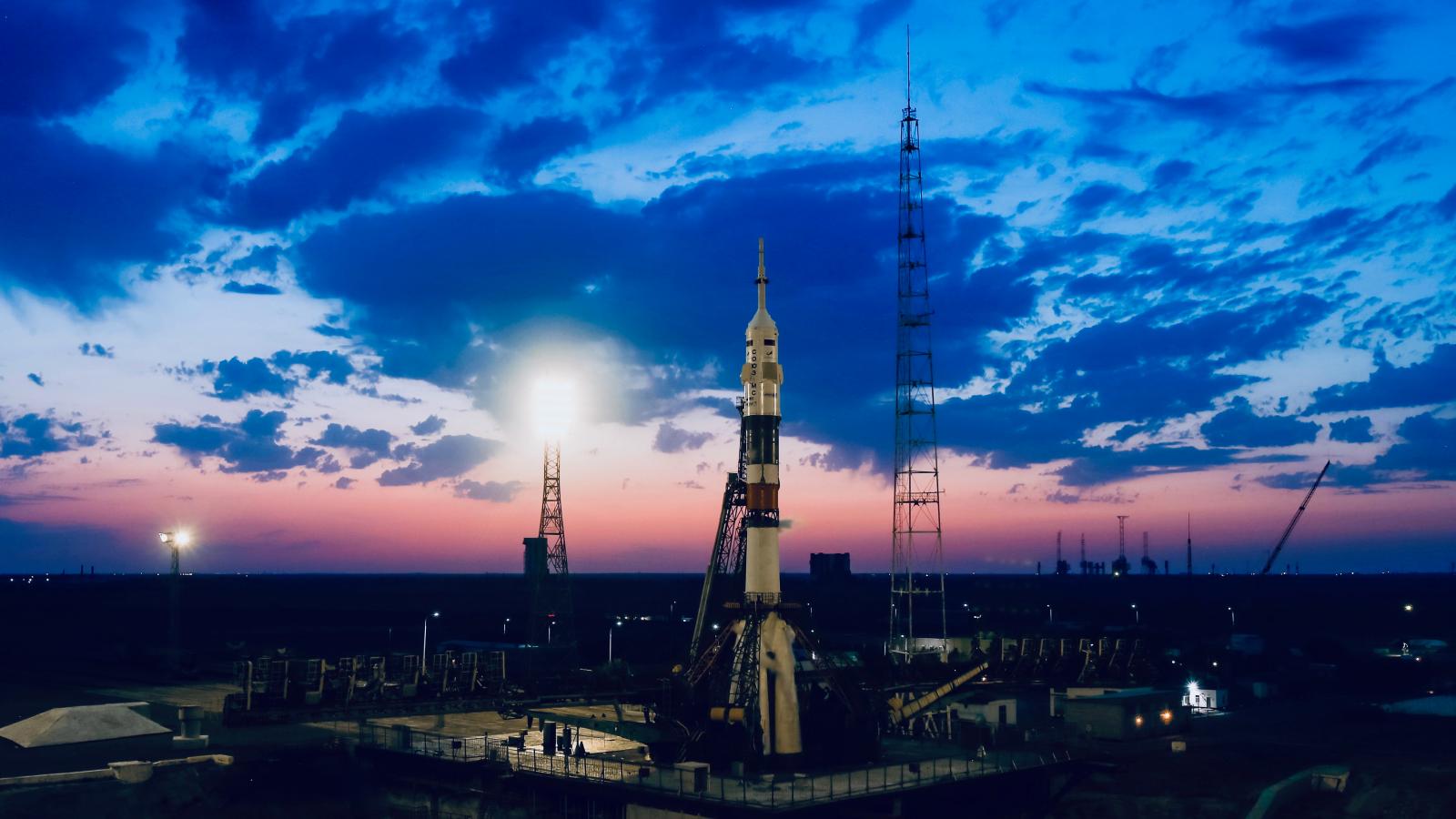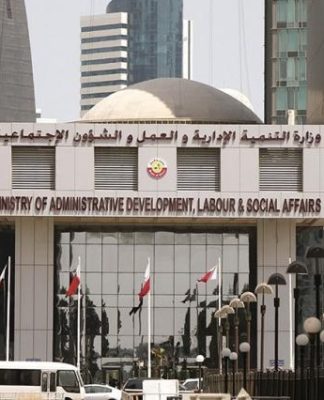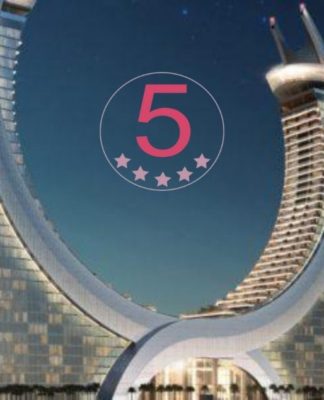Space is about to get spicy. The American space agency, NASA, is planning to blast New Mexico chile pepper plants out of the Earth’s atmosphere in March 2020 and grow the fruiting blooms on the International Space Station. Researchers hope it will lead to improved meals for astronauts, as well as a deeper understanding of how to someday grow food on the moon and Mars.
The “Improved Española” breed of New Mexico chile plants will be the first fruit Americans grow aboard the space station. NASA astronauts in 2015 ate lettuce grown in space for the first time, and a zinnia bloomed on the space station in 2016. But Russians were the first to grow produce on the ISS, beginning with peas in 2003, before Americans began extraterrestrial gardening activities.
These specific peppers were chosen for a number of reasons. ”We were…looking for varieties that don’t grow too tall, and yet are very productive in the controlled environments that we would be using in space,” NASA plant physiologist Ray Wheeler told the Rio Grande Sunnewspaper. “The astronauts have often expressed a desire for more spicy and flavorful foods, and so having a bit of hot flavor also seemed to be a good thing. Plus, many peppers are very high in vitamin C, which is important for space diets.”
Matthew Romeyn, the lead scientist on the pepper project, tells the AP that his group chose the hybrid chile plant because it has a shorter growth cycle than other varieties and because it can thrive within the smaller confines of the Advanced Plant Habitat, the garden where astronauts grow produce. It can also be eaten either when it’s still green, before it has fully ripened, or when it reaches the final red stage.
But there may be an additional reason that this particular variety was ultimately favored. One of the NASA researchers on the project, Jacob Torres, is an Española native, like the chile plant itself. He believes the spicy fruit from his region could boost astronauts’ moods. “Just by having something fresh to eat, a type of crop you grew yourself, being away from home for a long time, that picks up your morale, it brings positivity and adds to the mission that you’re doing,” he tells the Albuquerque Journal. “That’s one important aspect of the research that we’re doing.”
The Advanced Plant Habitat provides plants with the CO2, humidity, and lighting that are otherwise absent in space. The chile pepper project will demonstrate how fruiting plants manage in those conditions. “[I]f we do go on a deep space mission, or we do go to the moon or a mission to Mars, we will have to figure out a way to supplement our diets,” Torres says. “Understanding how to grow plants to supplement the astronauts’ diet would be essential to our mission to going to Mars. So that kind of fuels our research that we’re doing now.”
Source:qz.com






























